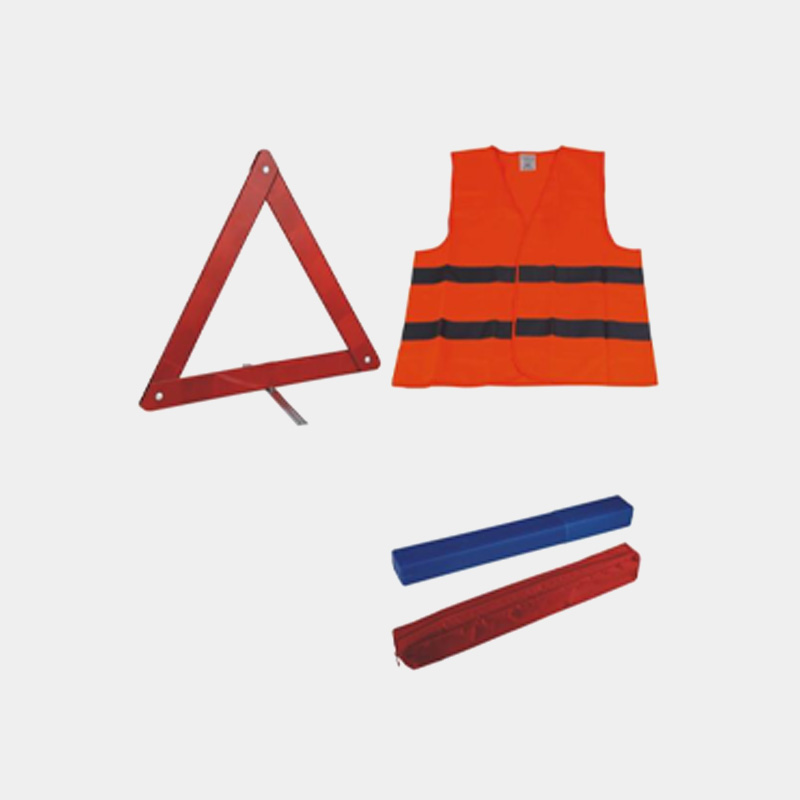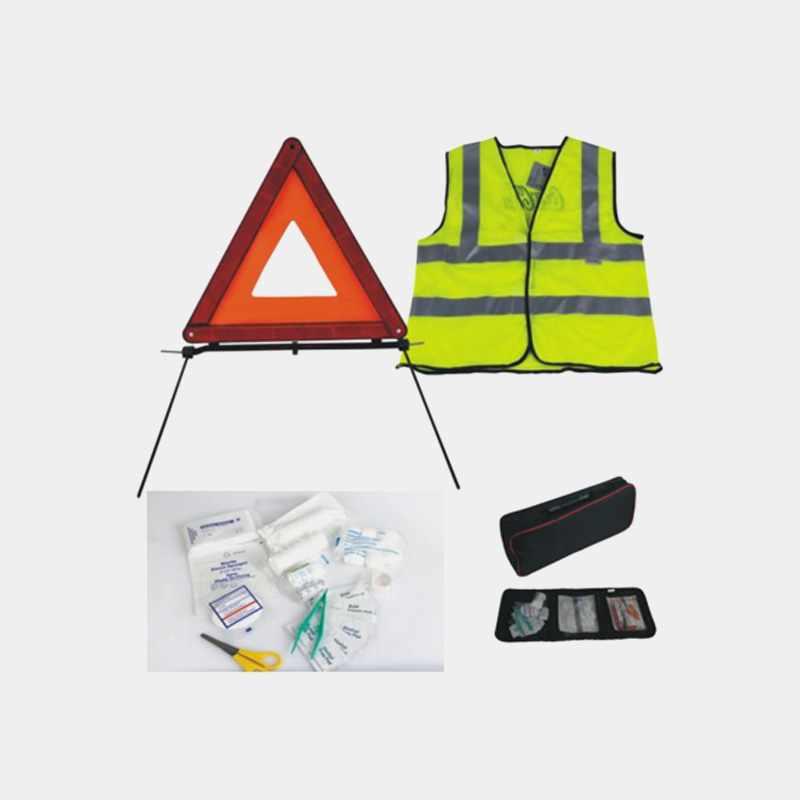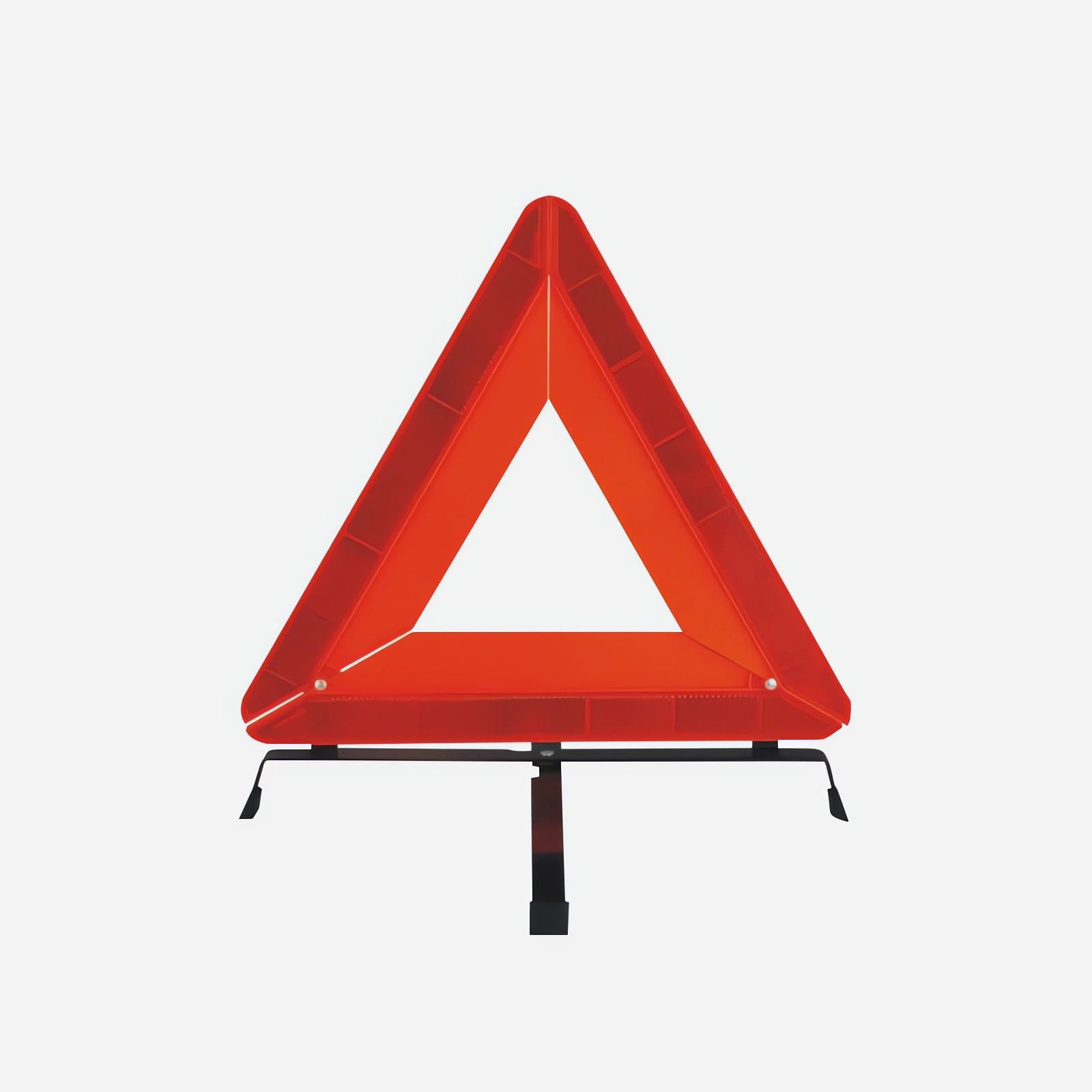Ensuring the effectiveness and safety of emergency equipment is an important responsibility that car owners cannot ignore. Regularly checking the medicines and medical devices in the first aid kit is the key to ensuring that they work in an emergency. First aid kits usually contain bandages, disinfectants, band-aids and other items, which have a short shelf life and may lose their effectiveness after expiration. Therefore, car owners should develop a detailed inspection plan and recommend a comprehensive inspection every three or six months to replace expired or damaged items in a timely manner. In addition, car owners should also adjust the contents of the first aid kit in a timely manner according to seasonal changes, such as adding warm items in winter, or adding sunscreen and insect bite prevention supplies in summer to cope with emergencies that may occur in different environments.
When checking the first aid kit, it is crucial to ensure that it is stored in a dry and easily accessible location. Placing the first aid kit in a conspicuous location in the car can avoid delays in rescue due to lack of time to find it in an emergency. It is recommended to include a concise guide to use in the first aid kit, especially for some uncommon medical devices such as tourniquets or automatic external defibrillators (AEDs), to help car owners quickly master the use of them in an emergency and improve the efficiency of rescue.
Fire extinguishers are another important emergency equipment, and their maintenance and care should not be neglected. Car owners should regularly check the pressure gauge of the fire extinguisher to ensure that it is within the normal range. If the pressure is too low, the fire extinguisher will not be able to be used effectively. In addition, it is necessary to check the appearance of the fire extinguisher to ensure that there are no signs of rust, leakage or damage. The validity period of fire extinguishers is usually five years. Car owners should pay attention to timely replacement of expired fire extinguishers and refill them after each use to ensure their reliability at critical moments.
Flashlights are an important member of emergency equipment, and their maintenance should not be underestimated. Car owners should regularly check the battery status of the flashlight to ensure that the battery is sufficient and there is no leakage. It is wise to choose LED flashlights because of their low energy consumption, high brightness and long service life. Car owners need to ensure that the bulb and switch of the flashlight are functioning properly and replace them if necessary. In order to ensure that the flashlight can be used normally when needed, it is recommended that car owners check the status of the flashlight before each long journey and charge or replace the battery if necessary.
For the emergency starting power supply of the car, the owner should charge it regularly to ensure that it is fully charged. The emergency starting power supply usually needs to be kept charged for a certain period of time, and the owner should charge it according to the recommended frequency in the instruction manual. At the same time, check the connection wires and interfaces of the power supply to ensure that there are no signs of wear or damage to avoid being unable to use it in an emergency. In addition, the owner should master the use of the emergency starting power supply to ensure that it can be operated quickly and effectively when needed.
When maintaining tire repair tools, the owner should regularly check the integrity of the tools to ensure that all parts are available normally. Tire repair tools usually include repair glue, tool gloves, air pumps, etc. The owner should ensure that the storage location of these tools is dry and avoid direct sunlight to prevent the tools from aging or deterioration. When using tire repair tools, be sure to read the instructions carefully to understand the correct use of each tool to avoid damage to the tool or failure to effectively repair the tire due to improper operation.












